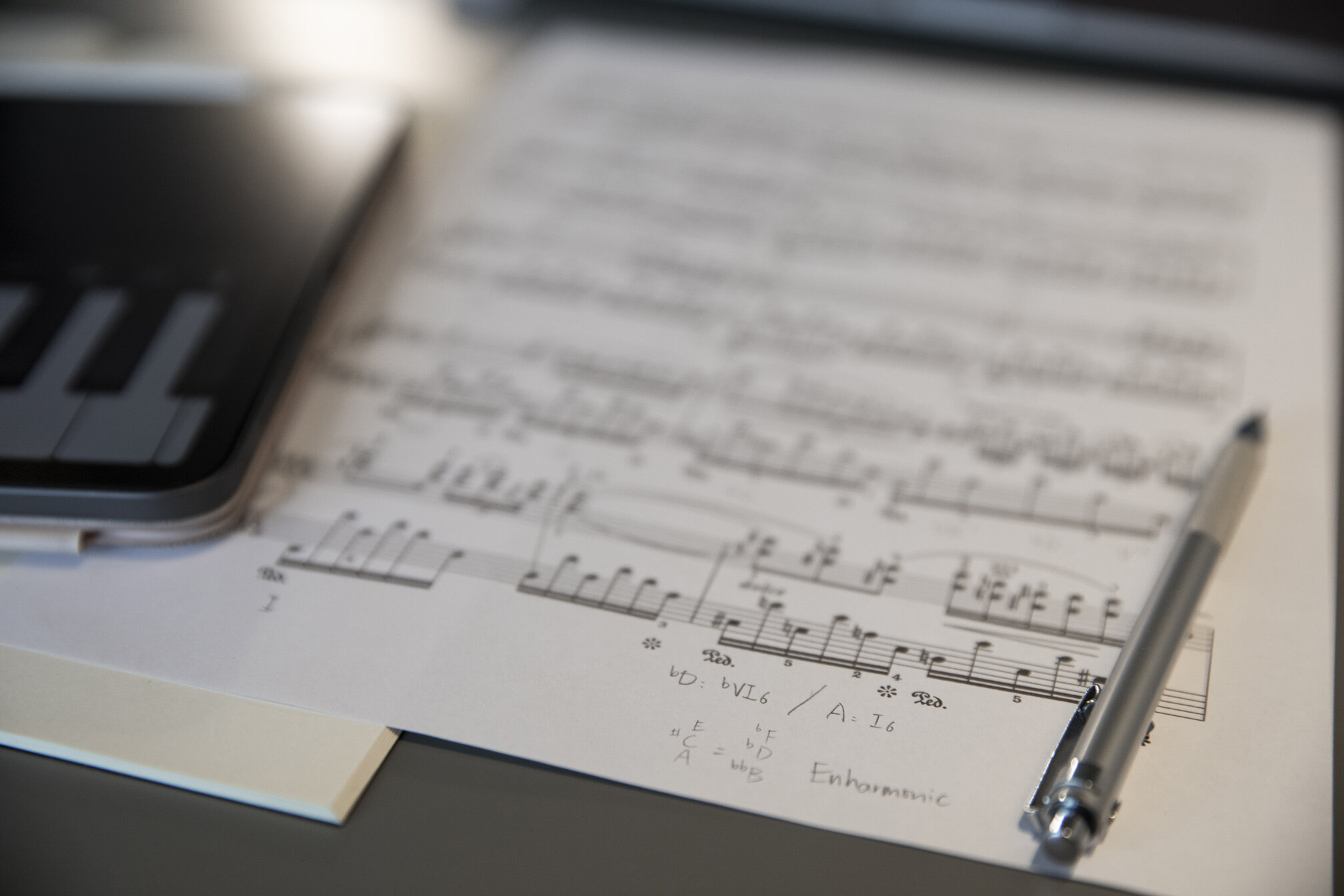Overview
OVERVIEW
Welcome to Jessie’s SIP exhibition.
My final project revolves around my personal interest of visual communication and tonal music.
Baudelaire’s idea of transposition d’art inspired me to transcribe music from an aural happening to a spatial experience; Dmitri Tymoczko’s theory on tonal harmony and geometry introduced me a new way to comprehend the musical logic. With the aforementioned influences, I went on to devise a spatial experience based on music, hoping to illustrate the musical logic and express the emotional aspect of the piece at the same time.
Choice of Music
Chopin’s Nocturne in D-flat Major, Op. 27 no. 2,
recorded by Ivan Moravec
In order to find a piece that is suitable for an immersive experience, the music should match the following criteria:
tempo fits walking pace
between 5 to 10 mins long
relatively popular so that the audience may have heard of
has exquisite harmony
After listening to many wonderful recordings including Rubinstein’s and Richter’s etc, I landed on Ivan Moravec’s interpretation of Chopin’s no.8 nocturne. Moravec’s interpretation offers a slow but flowy, walkable tempo; and it is one of the most delicate and dreamy versions of the Op.27 no.2.
Music Analysis
A thorough harmony analysis of Op.27 no.2
The Temporal & Atemporal
Two approaches
It seems that we come across expressions of shape everywhere in music related context.
…[M]usic unfolds in time, and so shape by definition is something that we overview or ‘have in the field of vision’ as an ‘all-at-once’ experience […] (Godoy 2017)
In my project, there are two ways to represent music in terms of shapes: shapes that honour the temporal aspect and flow along the transient music, and shapes that capture the music progression and present as an end-result, or a crystallization that formed overtime. I named the first approach as the temporal, and the second the atemporal.
The Journey
The route for the experience
Quick links to:











